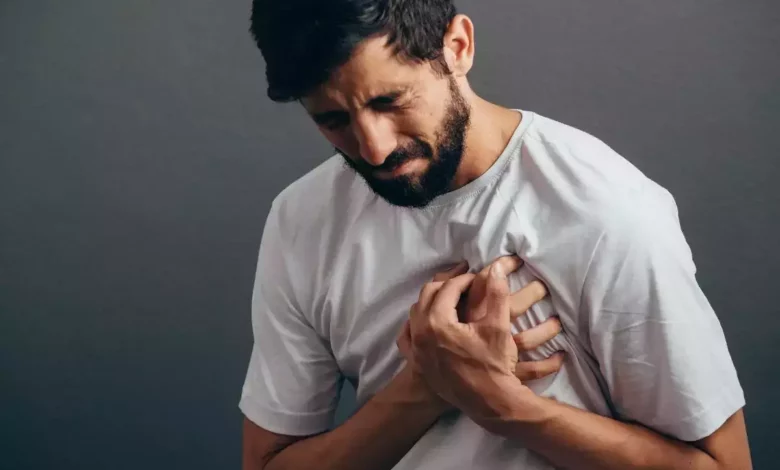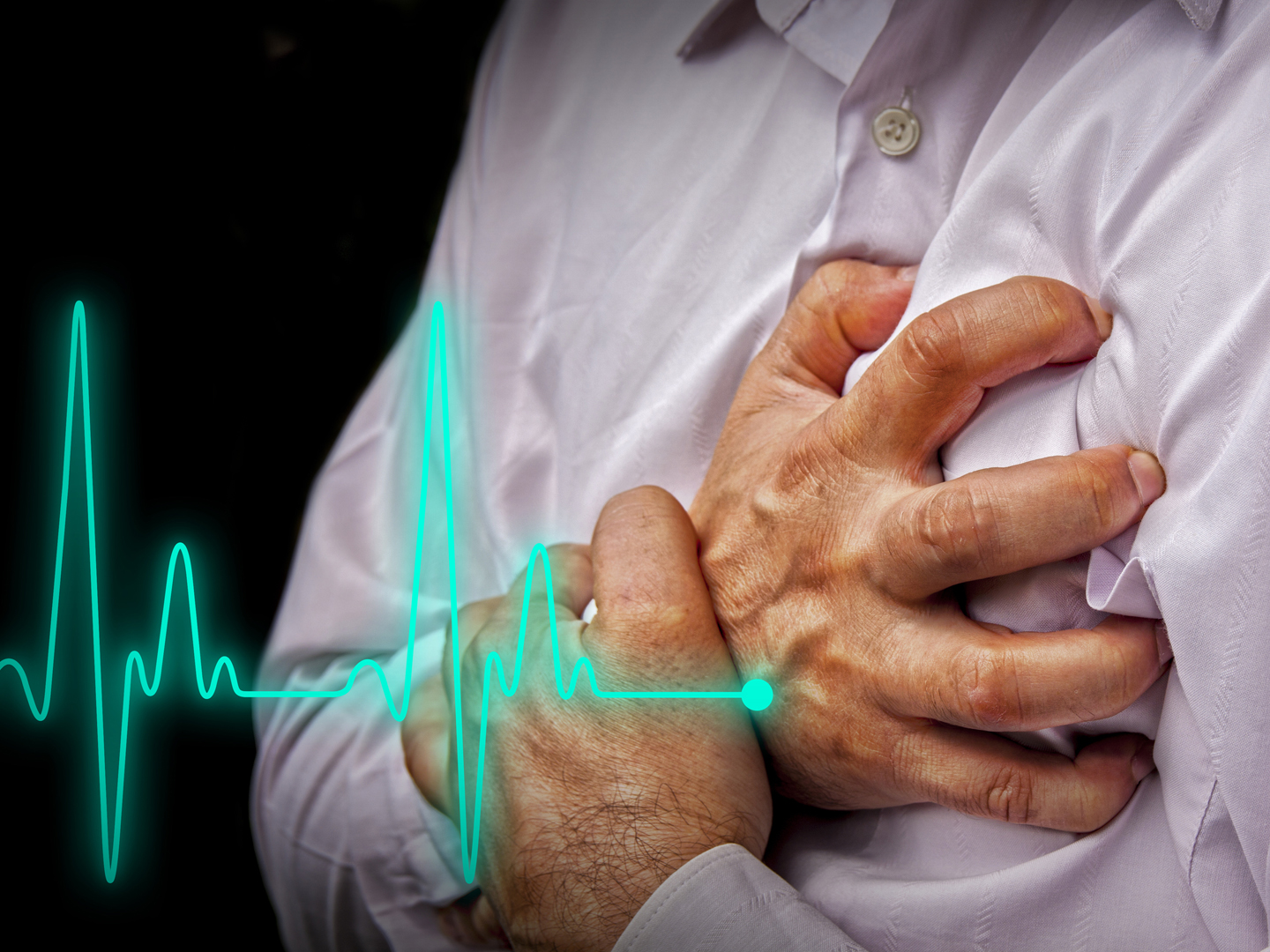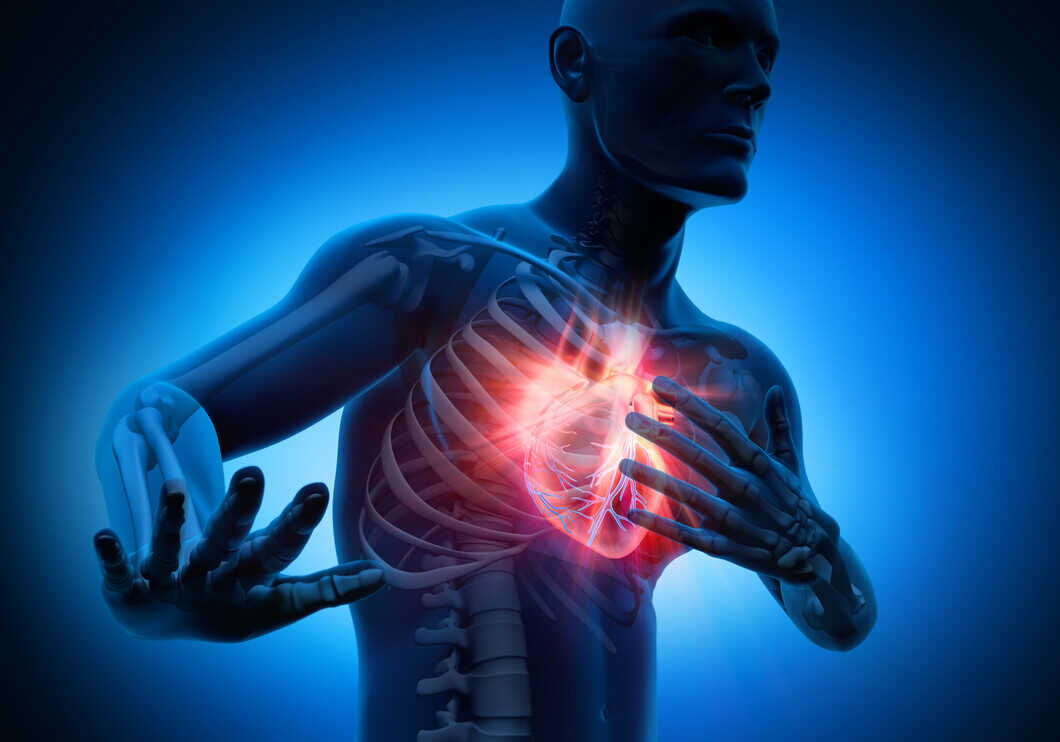Heart disease is the leading cause of death among young Indians. Why is this so?

Heart disease is the leading cause of death among young Indians. Why is this so?
India throughout the last months. Yogesh Gupta passed away while on stage. The fact that he was just 20 years old, however, truly astonished India. And Yogesh is not the first person to have died as a result of a sudden heart attack. Young, physically healthy Indian men and women are passing out while exercising, dancing, singing, or engaging in any other physical activity, from celebrities like KK and Punit raj to everyday Indians. What, therefore, is wrong with Indian youth’s hearts?
One of the research claims that Indians have heart-related problems at least ten years earlier than their western counterparts. Heart attacks have affected a significant number of persons between the ages of 30 and 69 since these diseases affect Indians about ten years sooner than they do other ethnicities. What, therefore, should we Indians do or refrain from doing to maintain a constant heartbeat?
First and foremost, if you are in your thirties, a quick test can determine whether or not you have a cardiac condition. Your risk of developing coronary artery disease, a condition in which the arteries leading to your heart grow narrow, can be assessed with the hsCRP test. According to experts, a heart attack is commonly caused by coronary artery disease.

Just take a look at our way of life if we’re seeking offenders. Everyday factors such as alcohol, smoke, poor sleeping patterns, inactivity, and spending long periods on electronic devices affect our bodies. Consequently, changing your way of life may be a crucial step in the right direction.
Exercise is an excellent way to stay fit and in shape. However, a healthy heart does not automatically imply a fit body. Many people have passed away from underlying cardiac issues even while exercising. Your body requires good fats for energy and other purposes, but consuming too much-saturated fat from your diet can result in cholesterol buildup in your body and blood vessels, raising blood pressure and eventually triggering unexpected heart attacks.
Sudden Cardiac Arrest Symptoms And Causes
Before having a sudden cardiac arrest, one may experience several symptoms. Tightness in the chest, irregular heartbeats, brief episodes of breathlessness, an abrupt sense of weakness, and lightheadedness that may result in unconsciousness
The majority of individuals have sedentary lifestyles that include excessive drinking, drug use, excessive smoking, obesity, an unbalanced diet, inconsistent sleep patterns, and work environments that are high in stress. These elements can make you more likely to experience a sudden cardiac arrest or cause other illnesses and issues. People who have a greater risk of developing SCA include those with a family history of diabetes and/or heart disease.
Why Does It Happen?

The heart suddenly stops beating and goes into sudden cardiac arrest. It happens as a result of unpredictable heartbeats brought on by an electrical problem that prevents the heart from pumping blood to the body. If help is not given within the first 6 minutes of a sudden cardiac arrest, the person will die suddenly. The average heartbeat is between 60 and 100 beats per minute, and cardiac arrhythmia is any variation in this pace, whether it is too slow (bradycardia) or too rapid (tachycardia).
A deadly arrhythmia might strike someone who has recently had a spike in heart rate or who is genetically predisposed to cardiac illness. Performing Cardiopulmonary Resuscitation (CPR) within the first 6 minutes is a vital part of managing SCA. As it begins heartbeat and supplies blood to the brain right away, this can significantly increase the likelihood of survival.
Blood is pushed out of your left ventricle, the heart’s primary pumping chamber, each time it beats. The amount of blood that is pushed out of your left ventricle with each heartbeat is known as the ejection fraction (EF). Your EF may be poor if you have injured heart muscles as a result of a heart attack, heart muscle disease, or a heart valve issue. A typical EF ranges from 55 to 75%.
You have a substantially increased risk of SCA if your EF is less than 35%. An ultrasound test called an echocardiogram, which utilizes sound waves to guide a small, flexible tube (a catheter) through blood veins in the leg or arm to the heart, is the most straightforward approach to estimating your EF.
Precautionary Measures to be taken to prevent heart diseases

One needs to adopt a healthy lifestyle daily if one wants to maintain good health. A nutritious diet, frequent exercise, abstaining from and kicking drug and smoking use, controlling alcohol intake, managing sleep patterns, and stress management are all part of a healthy regimen. Additionally, one should be aware of any family history they may have and take the appropriate safety precautions. At this point, seeing a cardiologist should be your priority.
Regular check-ups are essential for diagnosing any problems and treating them with the drugs and regimens your doctor may advise. When you have survived an SCA and are at risk of experiencing it again, you may be implanted with an ICD (Implantable Cardioverter-Defibrillator) or Cardiac Resynchronization Therapy (CRT) device to monitor, control, and improve the function of your heartbeat and pump, as well as to deliver electrical shocks to restore normalcy during potentially fatal cardiac arrhythmias. People who are already in their thirties or older should use these methods to reduce cardiac problems.
Edited by Prakriti Arora




